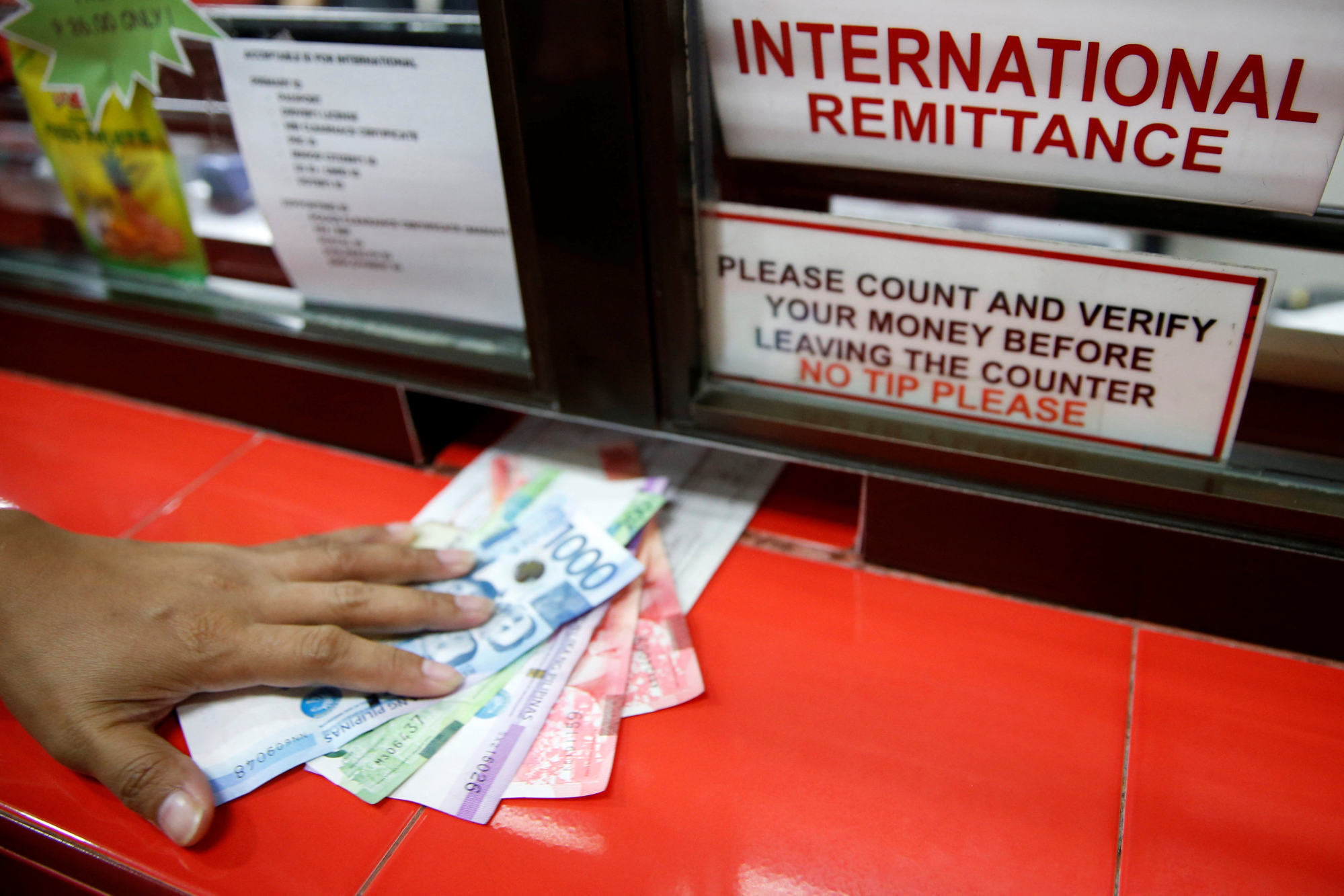
Covid-19 has turbocharged digital banking in the Philippines. Now, for the region
- The pandemic cruelly exposed the costs of financial exclusion for millions of Filipinos but also catalysed financial digitalisation
- Countries in the region must work together to ensure that the benefits permeate borders
In 2020, Covid-19 exposed significant gaps in the financial services sector. As the virus ravaged communities, people in the informal and cash-reliant economy were the hardest hit. The cost of financial exclusion came to bear, and the bill was enormous.
Billions of people around the world do not have a bank account. They don’t have access to credit, ATMs, debit cards or savings accounts. When the pandemic struck, many of them suffered greatly as governments struggled to get cash subsidies to recipients quickly.
In the Philippines, financial digitalisation had been high on the agenda of the central bank even before the pandemic. We recognise the social dilemma and the opportunity for financial digitalisation: there are about 109 million Filipinos, of whom at least 70 per cent had access to Facebook but less than 30 per cent owned a bank account.
When I assumed my role as governor of the Philippine central bank in 2019, I set the goal of increasing the percentage of adult Filipinos with transaction accounts to 70 per cent by 2023.

My vision is a digital-heavy, cash-lite society – one where all citizens can enjoy the simple benefits of financial inclusion that many of us take for granted, such as loans and insurance, and one where small businesses can grow and thrive by accessing credit and other financial services.
By bringing more people into the formal economy, governments can improve the delivery of aid and social benefits, empower underserved communities, and unlock the full potential of their industries.
In the Philippines, Covid-19 was a “digital catalyst”. As millions of us were forced to stay indoors, we switched to online services en masse. The benefits of digital banking began to crystallise – transactions were safe and seamless, businesses could go digital to maintain continuity, and adopters could access loans safely at more affordable rates.
In 2020, more than 10 million transaction accounts were opened, and government aid flowed to recipients that were once inaccessible. Transaction fees were waived, and many regulations were eased. By the end of 2020, we had slightly surpassed our pre-pandemic target to have 20 per cent of all financial transactions done digitally.
How Philippines learned to love digital money thanks to Covid-19
This dramatic shift to e-payments was made possible by the foundations laid by the Philippine central bank years before. We built the regulatory framework and strengthened digital finance infrastructure.
We continue to make significant inroads – more banks are becoming part of the interoperable payments system, a programme for expanded use of QR codes has been launched, and our national ID system is being rolled out which will enable more Filipinos to open basic deposit accounts.
These policies are key pieces in a grand plan to foster more inclusive growth and improve social mobility in the Philippines.

As nations recover from the crisis, we must continue to protect the most vulnerable. To achieve this, a level of regional coordination is required.
In February 2020, the Philippines signed a memorandum of understanding with Bank Indonesia to promote innovations in the delivery of financial services.
Last November, the Philippines entered an enhanced cooperation agreement with Singapore to facilitate interoperable, cross-border payments that will greatly benefit our people and businesses.
How the future of fintech is taking shape in Southeast Asia
Filipinos working in Singapore will find it easier to send money to their families in the Philippines. Businesses, such as those engaged in tourism, export/import and e-commerce, as well as those that send or receive funds from their affiliates, will also enjoy easier fund transfers.
We hope to see more cooperation agreements of this nature within the Association of Southeast Asian Nations or even beyond. We must work together to ensure that the benefits of financial digitalisation permeate our borders.
Covid-19 has exposed social blind spots around the world. Resilient nations have a habit of seizing opportunities during crises. If we can maintain the pace of digital evolution within our financial ecosystems, we will future-proof our economies and save ourselves and our communities from another enormous bill the next time a crisis hits.
Dr Benjamin E. Diokno is governor of the Philippine central bank (Bangko Sentral ng Pilipinas)

